7 Chocolate Facts That Are Overblown and 5 Sweet Truths That’ll Surprise You

Chocolate, a delightful indulgence for many, has been surrounded by myths and truths that can often lead to misconceptions. In this blog post, we’ll dive into seven exaggerated claims about chocolate, followed by five surprising truths. From health benefits to historical uses, chocolate’s story is as rich and complex as its flavor. Whether you’re a chocolate lover or a curious reader, these insights will give you a fresh perspective on this beloved treat. So, let’s uncover what’s real and what’s not in the world of chocolate.
1. Dark Chocolate’s Health Halo
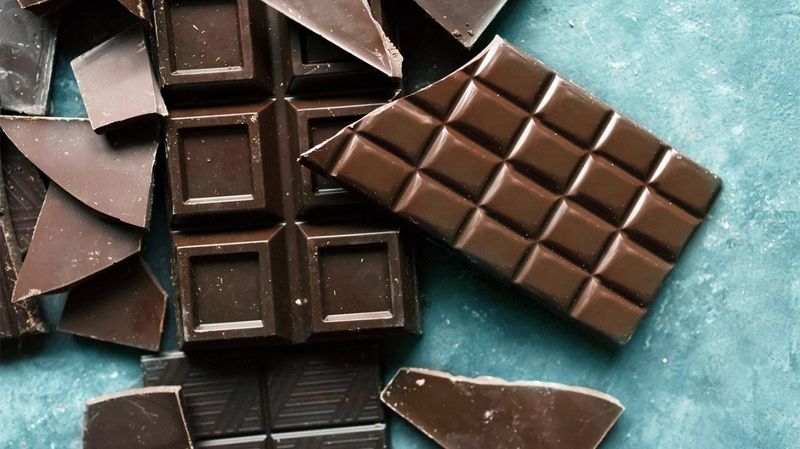
Dark chocolate is often hailed as a superfood, but moderation is key. While it contains antioxidants, the levels in most commercially available bars are not enough to make it a health food unless consumed in its purest form and in moderation. Many bars are still packed with sugar and fat, which can offset the potential benefits.
In its minimally processed state, dark chocolate does offer some nutrients, but it should not be considered a replacement for a balanced diet. Enjoy it as a treat rather than a health supplement.
Despite its reputation, dark chocolate isn’t a miracle worker for health.
2. Chocolate and Acne Myth

The myth that chocolate causes acne has been debunked. Studies show that breakouts are more likely linked to factors like sugar, dairy, and hormones rather than cocoa itself. While some people might notice changes in their skin after eating chocolate, it’s not a direct cause-and-effect relationship.
The key is moderation, as consuming large amounts of sugary chocolate could potentially exacerbate skin issues. But the cocoa itself is not to blame.
For those concerned about acne, focusing on a balanced diet and skincare routine is a more effective approach than avoiding chocolate entirely.
3. White Chocolate’s Legitimacy

White chocolate often gets a bad rap as not being “real” chocolate. However, it is made from cocoa butter, which is derived from the cocoa bean, making it a legitimate chocolate derivative. What sets it apart is the absence of cocoa solids, which are present in dark and milk chocolates.
This absence is what gives white chocolate its creamy texture and sweet flavor. Though different, it holds its own unique place in the chocolate family.
Enjoyed for its smoothness, white chocolate offers a distinct taste that’s just as authentic as its darker counterparts.
4. Chocolate’s Energy Boost Myth
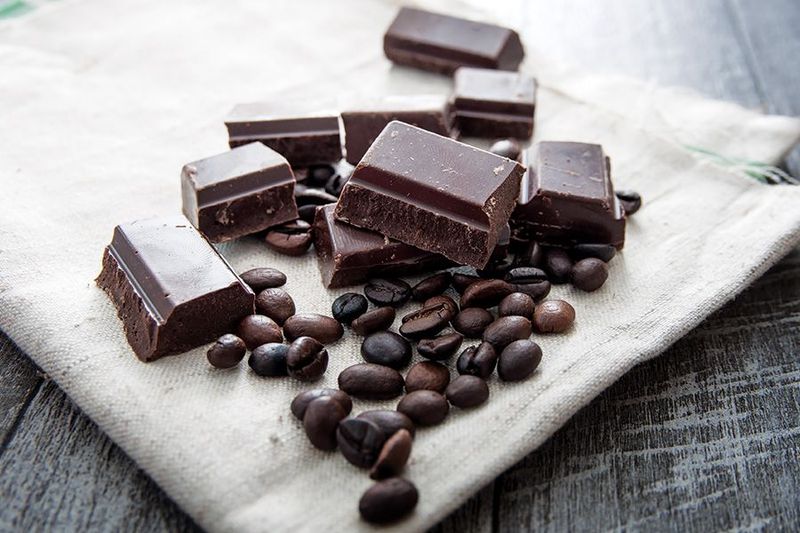
Chocolate is often thought to be a quick energy booster, but it doesn’t pack the caffeine punch many expect. While it contains caffeine, the amount is relatively low. You might experience a mild lift, but it won’t match the invigorating jolt of a cup of coffee.
The sugar content could provide a temporary energy spike, but it’s not a sustainable or healthy source of energy.
Chocolate’s appeal lies more in its flavor and comforting nature rather than its energy-boosting capabilities. So, if you’re looking for a true pick-me-up, coffee might still be your best bet.
5. Chocolate as an Aphrodisiac
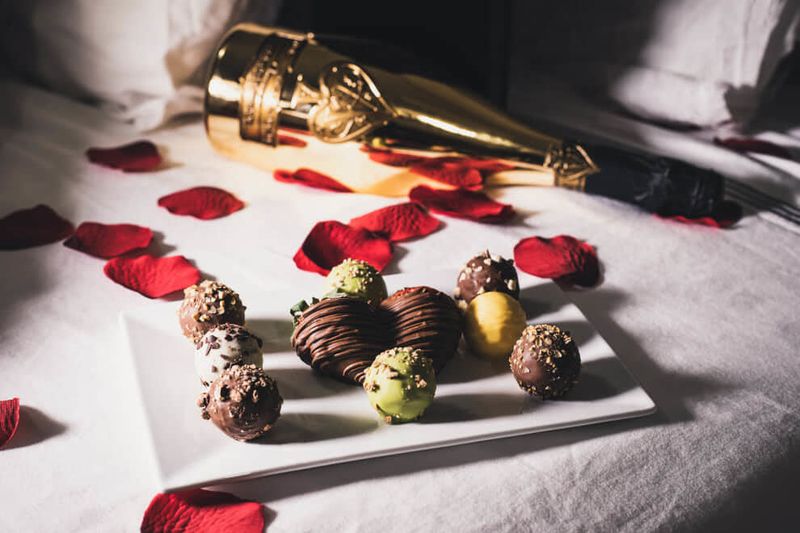
The notion that chocolate is a powerful aphrodisiac is mostly a myth. While it contains compounds like phenylethylamine, which can elevate mood, there’s no scientific proof linking chocolate to enhanced romance or attraction.
The idea is often perpetuated through marketing, especially around Valentine’s Day, rather than biology.
Though it may set a romantic mood due to cultural associations, chocolate’s true charm lies in its taste and luxurious texture. Enjoy it as a delicious treat rather than a love potion, and let its rich flavors speak for themselves.
6. Melting Chocolate Quality
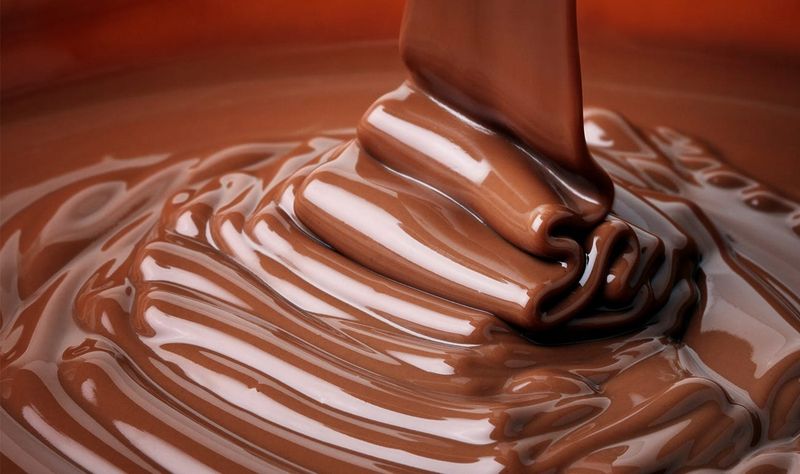
Good quality chocolate is known to melt in your hand, but this isn’t a sign of poor quality. In fact, the opposite is true. High cocoa butter content in fine chocolate causes it to melt easily at body temperature.
This melting feature is desirable as it creates a smooth and velvety texture when eaten. It’s more about the quality and richness of the chocolate than a flaw in production.
The next time chocolate melts in your hand, savor the experience, knowing it’s a hallmark of premium chocolate craftsmanship.
7. Vegan Dark Chocolate Misconception
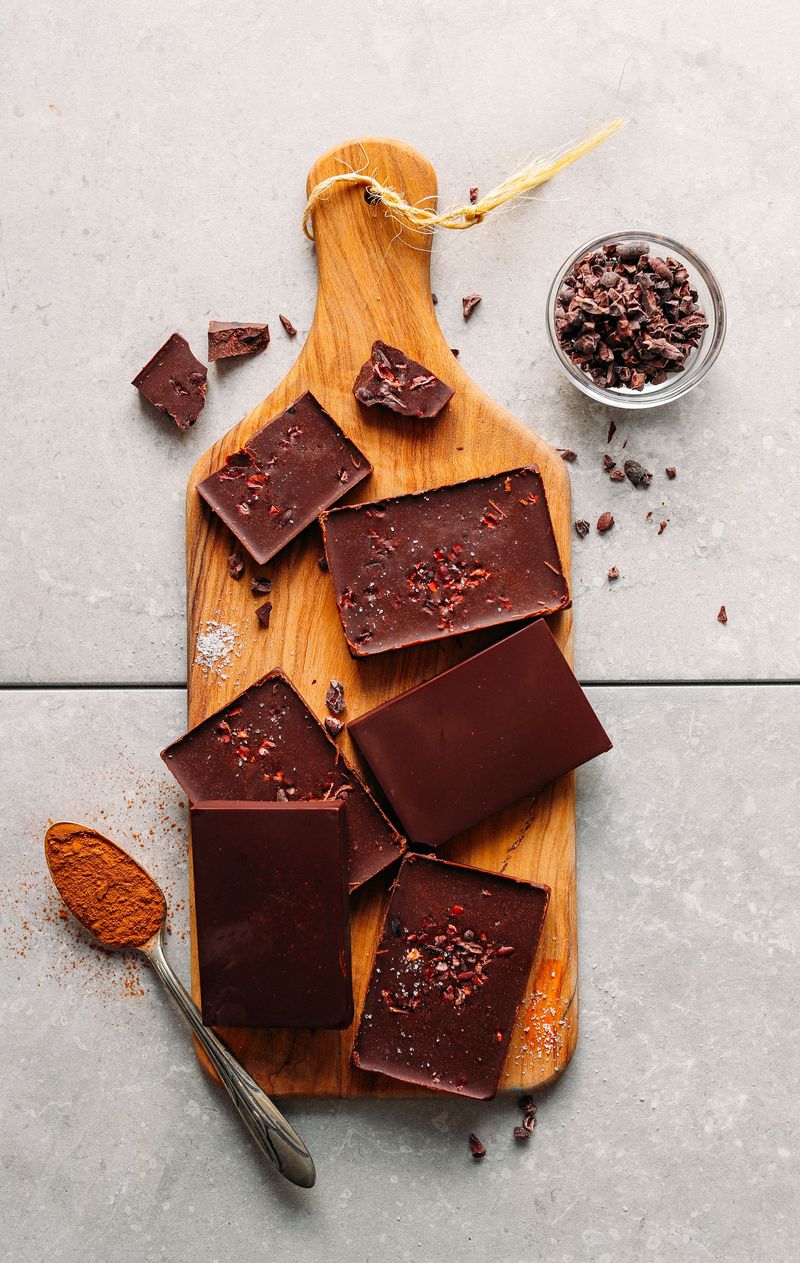
Not all dark chocolate is vegan, despite common assumptions. Many dark chocolates include ingredients like milk powder and butterfat, or they’re processed on equipment that handles dairy products.
Reading labels is essential if you follow a vegan diet. Even high cocoa content doesn’t guarantee vegan-friendly chocolate.
The misconception likely arises from dark chocolate’s simple ingredient list, but manufacturers’ practices can vary widely. Knowing what to look for can ensure you’re making the right choice for your dietary preferences.
8. Cocoa Trees’ Unique Habitat

Cocoa trees, the source of chocolate, flourish in specific climates known as the “chocolate belt,” 20 degrees north and south of the equator. Regions like West Africa, Central and South America, and Southeast Asia provide the perfect conditions for these trees.
The tropical climate offers the warmth and humidity cocoa trees need to thrive. This narrow range ensures the highest quality beans, essential for chocolate production.
Understanding cocoa’s roots helps appreciate the effort and environment needed to bring chocolate to our tables.
9. The Labor of Chocolate
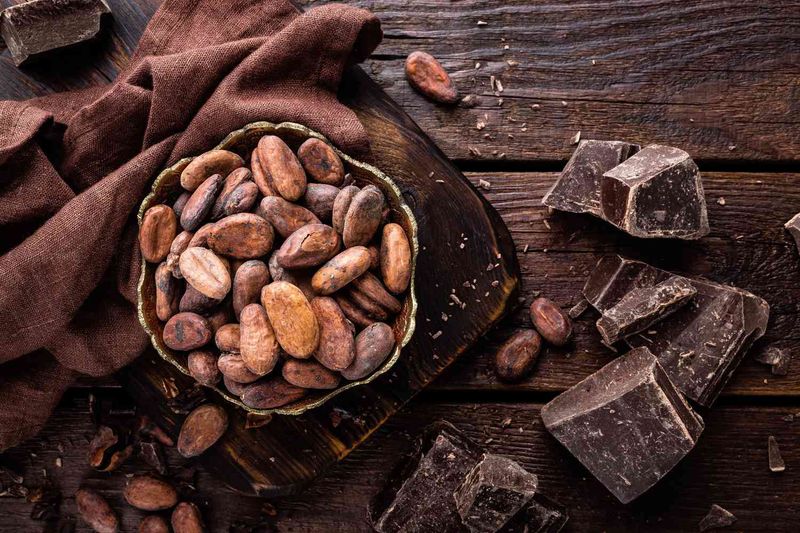
A single pound of chocolate requires about 400 cacao beans, illustrating the labor-intensive process behind every bar. Each cacao pod contains 20 to 50 beans, meaning extensive harvesting and processing are necessary.
This effort reflects in the quality and flavors of the final product. From pod to bar, chocolate production is a meticulous craft, demanding precision and dedication.
Recognizing this labor enriches the chocolate experience, allowing us to savor every bite with a deeper appreciation for the work involved in its creation.
10. Scent of Chocolate and Relaxation
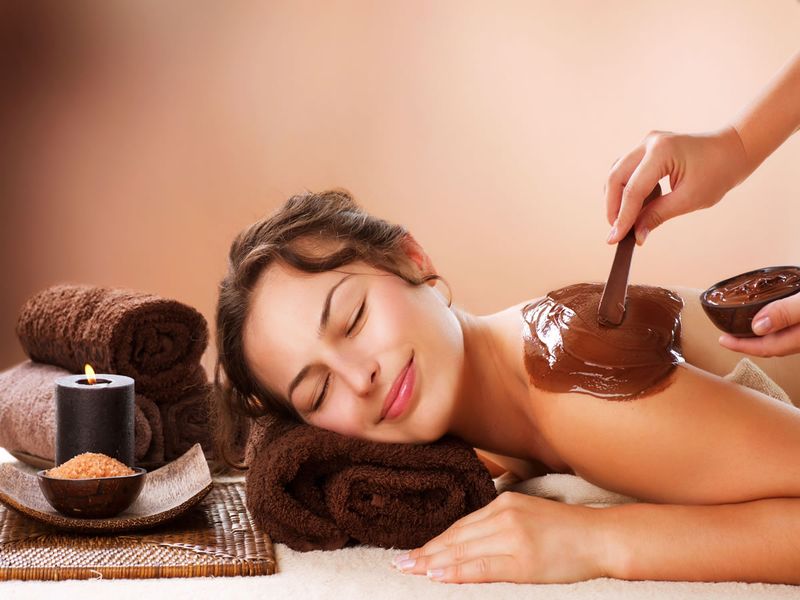
The aroma of chocolate is more than just inviting; it can actually have calming effects on the brain. Studies suggest that its scent may slow brain waves, promoting relaxation and reducing stress.
This phenomenon adds another layer to our relationship with chocolate, making it a comfort food in more ways than one.
Beyond its delightful taste, the scent of chocolate offers a sensory experience that can soothe and relax, proving its appeal extends beyond flavor to our sense of smell.
11. Dark Chocolate and Circulation

Dark chocolate holds a sweet secret: it can boost blood flow. Thanks to flavonoids, specifically epicatechin, consuming small amounts of dark chocolate may support circulation and heart health.
While it shouldn’t replace medical advice or treatment, this benefit adds a healthy twist to enjoyment. The key is moderation, as overindulgence negates the positive effects.
This surprising truth gives chocolate lovers one more reason to savor each piece, knowing it may offer a subtle boost to their well-being.
12. Chocolate as Ancient Currency

In ancient times, chocolate wasn’t just for eating – it was money. The Aztecs valued cacao beans so highly that they used them as currency, even to pay taxes and trade for goods.
This historical use highlights chocolate’s importance in ancient cultures, where it was considered sacred and valuable.
Understanding chocolate’s rich history enhances our appreciation for it today, as a treat and a symbol of cultural significance. Through the ages, chocolate continues to be cherished, albeit in different forms.
